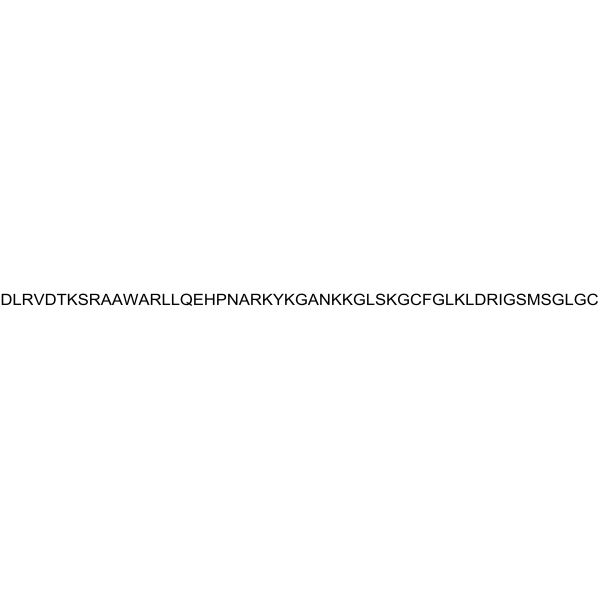Shopping Cart
Remove All Your shopping cart is currently empty
Your shopping cart is currently empty
CNP, a member of the natriuretic peptide family, was first identified in porcine brain and later found in other mammals as well as non-mammals. Processing of the CNP precursor gives rise to CNP-22 and its N-terminally elongated form, CNP-53. The CNPs share considerable sequence homology with ANP and BNP within the disulfide loop and exert similar pharmacological actions, although with different relative potencies.

| Pack Size | Price | USA Warehouse | Global Warehouse | Quantity |
|---|---|---|---|---|
| 100 mg | Inquiry | Inquiry | Inquiry | |
| 500 mg | Inquiry | Inquiry | Inquiry |
| Description | CNP, a member of the natriuretic peptide family, was first identified in porcine brain and later found in other mammals as well as non-mammals. Processing of the CNP precursor gives rise to CNP-22 and its N-terminally elongated form, CNP-53. The CNPs share considerable sequence homology with ANP and BNP within the disulfide loop and exert similar pharmacological actions, although with different relative potencies. |
| Molecular Weight | 5801.77 |
| Formula | C251H417N81O71S3 |
| Cas No. | 141294-77-1 |
| Relative Density. | no data available |
| Sequence | Asp-Leu-Arg-Val-Asp-Thr-Lys-Ser-Arg-Ala-Ala-Trp-Ala-Arg-Leu-Leu-Gln-Glu-His-Pro-Asn-Ala-Arg-Lys-Tyr-Lys-Gly-Ala-Asn-Lys-Lys-Gly-Leu-Ser-Lys-Gly-Cys-Phe-Gly-Leu-Lys-Leu-Asp-Arg-Ile-Gly-Ser-Met-Ser-Gly-Leu-Gly-Cys (Disulfide bridge:Cys37-Cys55) |
| Sequence Short | DLRVDTKSRAAWARLLQEHPNARKYKGANKKGLSKGCFGLKLDRIGSMSGLGC (Disulfide bridge:Cys37-Cys55) |
| Storage | keep away from moisture | Powder: -20°C for 3 years | In solvent: -80°C for 1 year | Shipping with blue ice/Shipping at ambient temperature. |
| Solubility Information | H2O: Soluble |
| Size | Quantity | Unit Price | Amount | Operation |
|---|

Copyright © 2015-2025 TargetMol Chemicals Inc. All Rights Reserved.